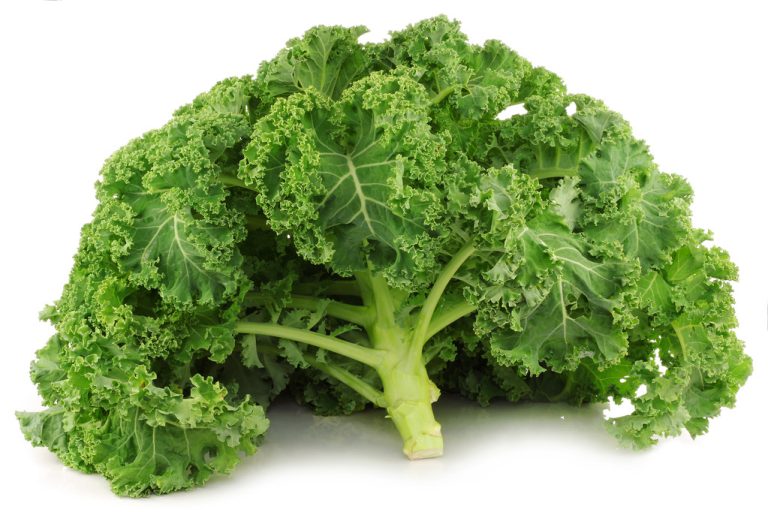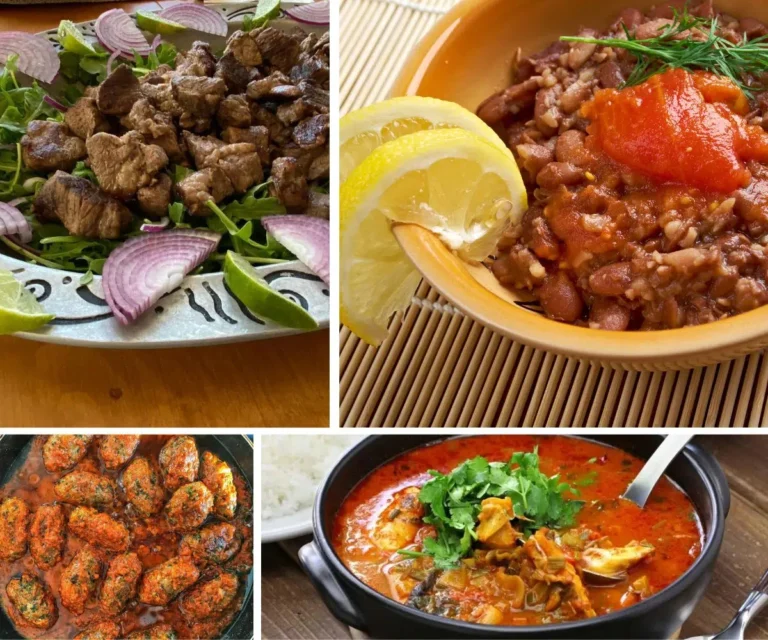Introduction: The Flavors of Uruguayan Cuisine
Uruguayan cuisine is known for its rich flavor profile that has been influenced by its Spanish and Italian heritage. The cuisine is heavily based on grilling and barbecuing meat, and the flavors are enhanced with a variety of seasonings and spices. Uruguayan cuisine uses a blend of herbs and spices to create complex and bold flavors that are unique to this region.
Salt: A Staple Seasoning in Uruguayan Cooking
Salt is the most basic and essential seasoning used in Uruguayan cuisine. It is used to enhance the natural flavor of the meat and bring out the richness of the dishes. Salting in advance is a common practice in Uruguayan cooking. This technique involves rubbing salt into the meat a few hours before grilling or cooking. This helps to tenderize and flavor the meat, making it more succulent and delicious.
The Bold and Complex Flavor of Chimichurri
Chimichurri is a popular sauce that is used as a condiment in Uruguayan cuisine. It is made with a blend of parsley, garlic, vinegar, and oil. The sauce has a bold and complex flavor that complements grilled meat perfectly. Chimichurri is typically served alongside grilled meats, and it adds a refreshing and zesty flavor to the dish.
The Heat and Depth of Flavor in Aji Amarillo
Aji Amarillo is a type of chili pepper that is used in Uruguayan cuisine to add heat and depth of flavor to dishes. It has a distinct fruity flavor and a medium level of spiciness. This chili pepper is used in sauces, stews, and marinades to add a vibrant and zesty flavor to the dishes.
Aromatic Oregano and Cumin in Uruguayan Dishes
Oregano and cumin are commonly used spices in Uruguayan cuisine. Oregano has a strong and aromatic flavor that is perfect for meat dishes. Cumin, on the other hand, has a warm and earthy flavor that complements the bold flavors of the meat. These spices are used in marinades, rubs, and sauces to add depth and complexity to the dishes.
The Sweet and Smoky Flavor of Smoked Paprika
Smoked paprika is a spice that is commonly used in Uruguayan cuisine. It has a sweet and smoky flavor that is perfect for grilling and barbecuing meats. It is used in marinades and rubs to add a distinct flavor and aroma to the dishes. Smoked paprika is also used in stews and soups to add a rich and smoky flavor to the dish.












